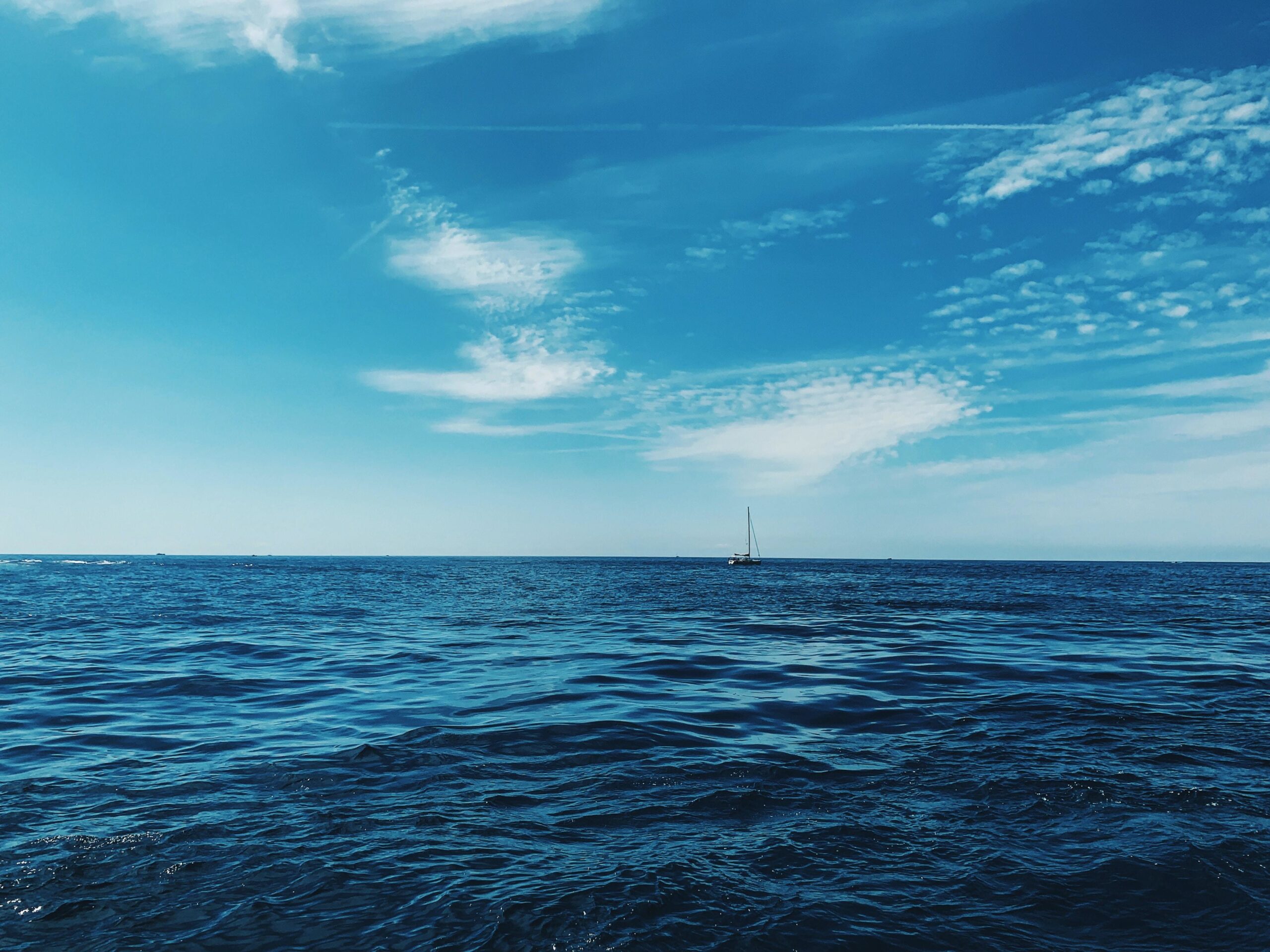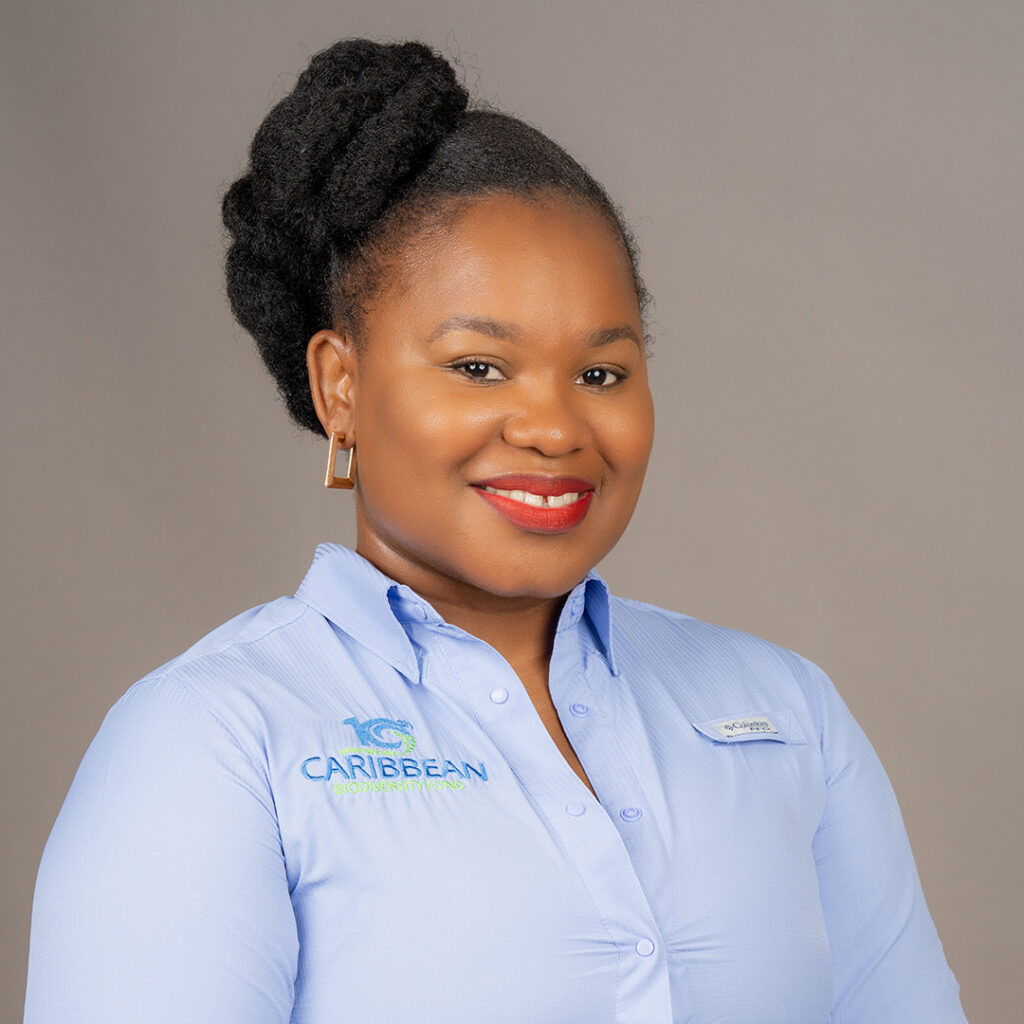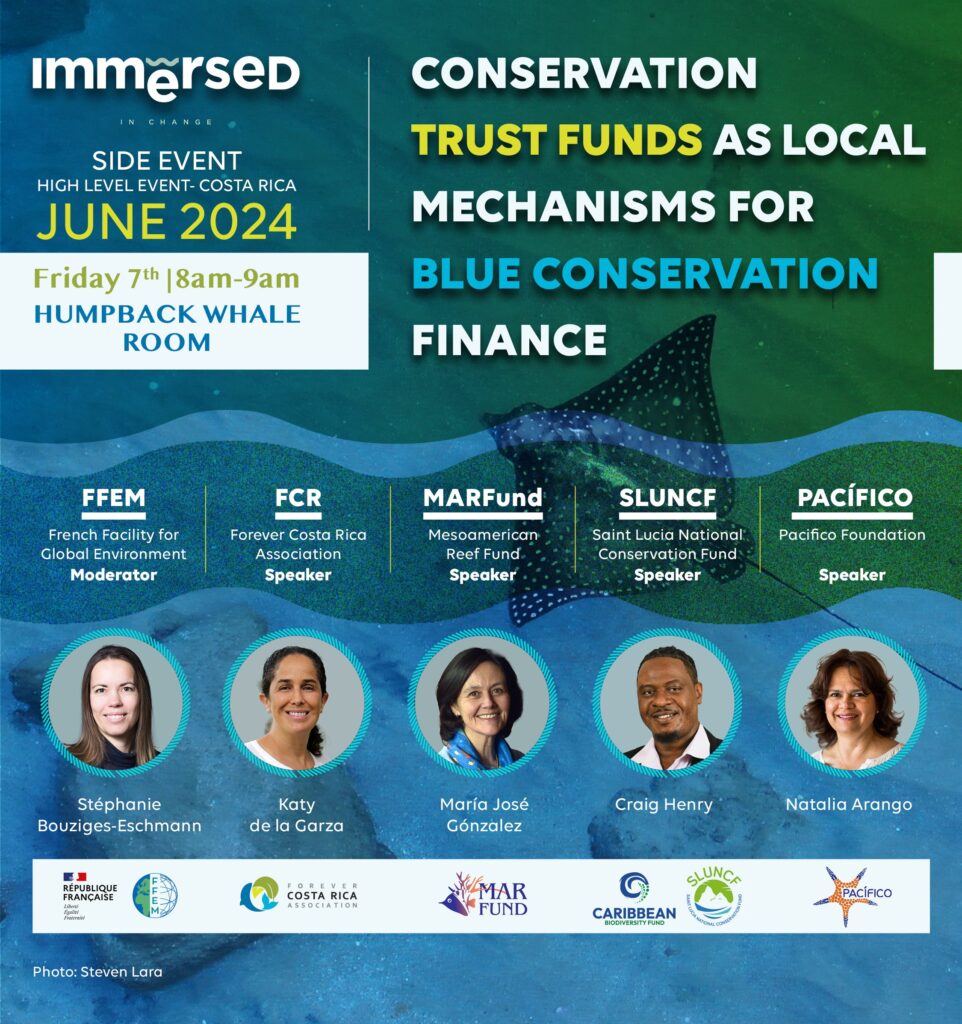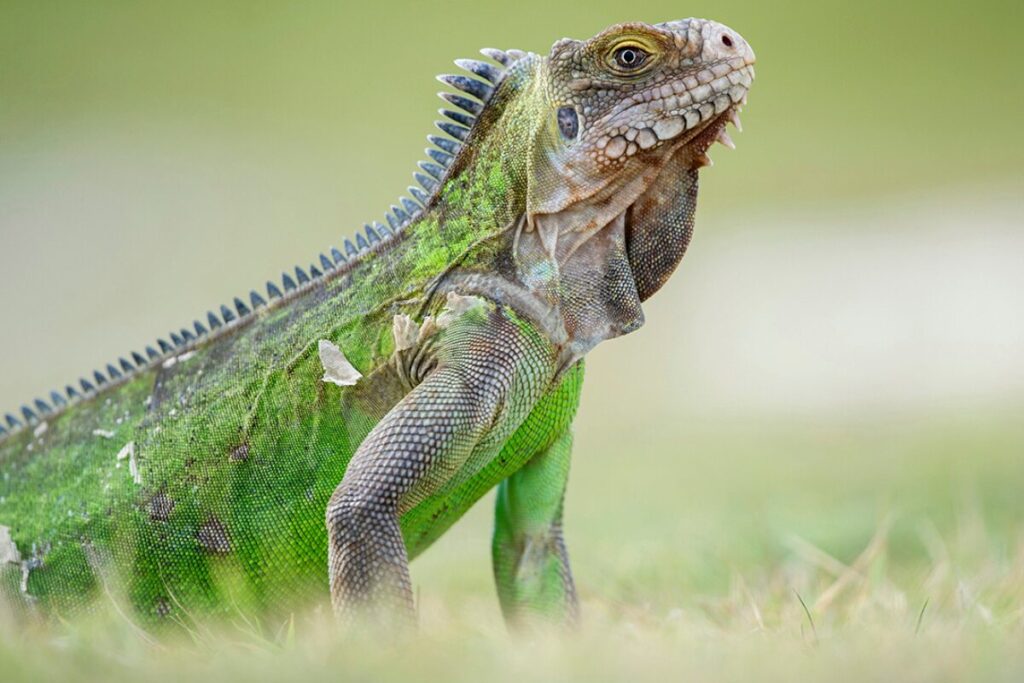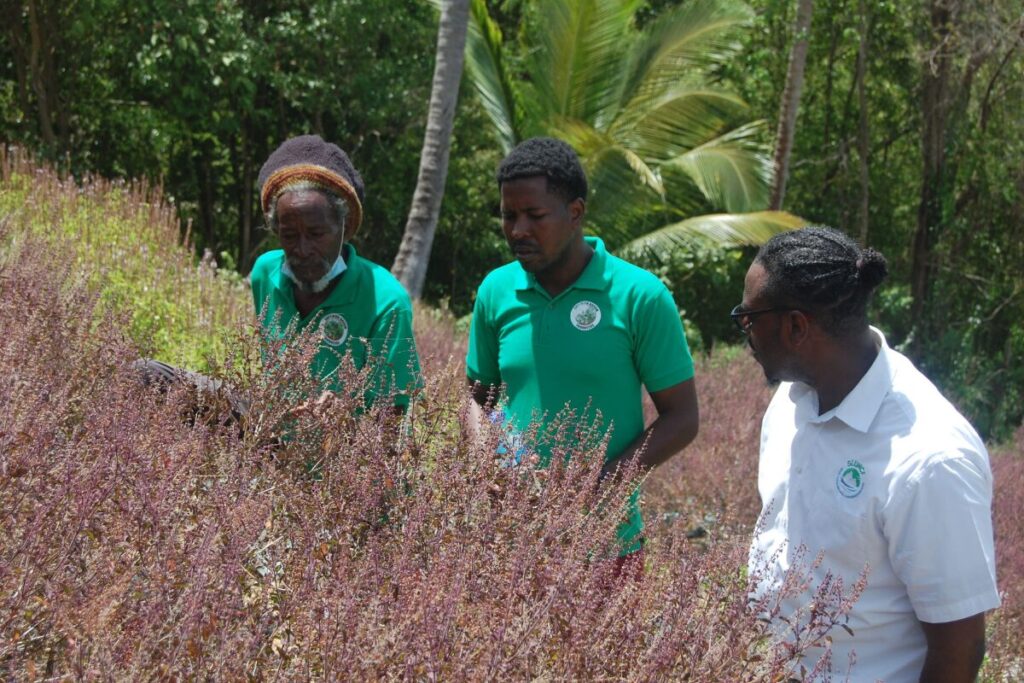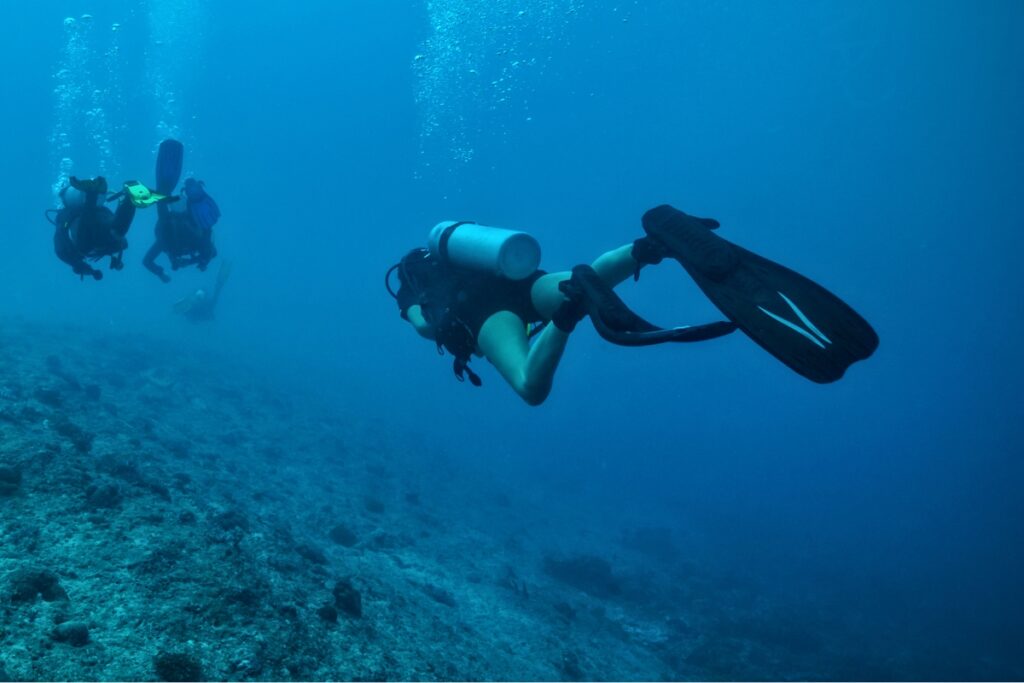Last Saturday (March 4), a landmark treaty was signed by 193 UN member states, after almost 20 years of talks! Encompassing over 60% of the ocean and 43% of our planet’s surface, the “high seas” are the oceans outside of national boundaries and jurisdiction.
This agreement is a crucial step towards enforcing the 30×30 pledge made at COP15 in Montreal (protecting 30% of the ocean by 2030), as it should provide a legal framework for establishing Marine Protected Areas (MPAs) on the high seas. Currently only about 1.2% of this area is “protected”.
Marine Protected Areas (MPAs) are designated areas where human activity is restricted or prohibited to protect the marine environment and its biodiversity. The treaty provides a framework for creating these areas and requires that they be based on scientific evidence and best practices. One benefit of MPAs in the high seas is providing critical habitats for migratory species, including those that are important to the Caribbean region.
Why should we protect the oceans? Ocean ecosystems represent 95% of the planet’s biosphere (the area occupied by living organisms). They produce about 50% of the oxygen we breathe and absorb about 25% of the carbon dioxide we produce. Marine life also provides humanity with about 15% of our protein intake. Yet currently around 10% of marine life is threatened by extinction, and the lack of laws protecting the high seas means that they are particularly vulnerable to exploitation. Currently all countries can fish, navigate and undertake scientific research in the high seas at will. Overfishing is rampant and is the biggest driver of environmental decline in the ocean.
So what happens now and will it make a difference? Although the High Seas Treaty is a huge win, there is a long way to go. It now needs to be legally agreed, and only usable once enough countries have adopted the agreement legally (within their own countries). There will undoubtedly be debates and disagreements over how best to implement its provisions, however, the treaty represents an important step forward in the global effort to protect our oceans and the marine biodiversity they support.
This new treaty benefits all who depend on a healthy global ocean, including the insular Caribbean. Protecting these remote ocean areas have local and regional benefits including preserving iconic species that migrate between the high seas and the region, for example, whales, dolphins, and economically important fish stocks such as tuna and swordfish.
At the Caribbean Biodiversity Fund (CBF), we are excited about the potential of the High Seas Treaty to protect and conserve the marine resources of not just the Caribbean region but the world at large. We will be following developments closely and hope that the new high seas treaty contains the provisions to conserve and sustainably use our ocean’s resources and to enable Caribbean countries to deliver fully on the agreement. By working together, we can ensure that our oceans remain healthy and sustain livelihoods and natural ecosystems for generations to come.

